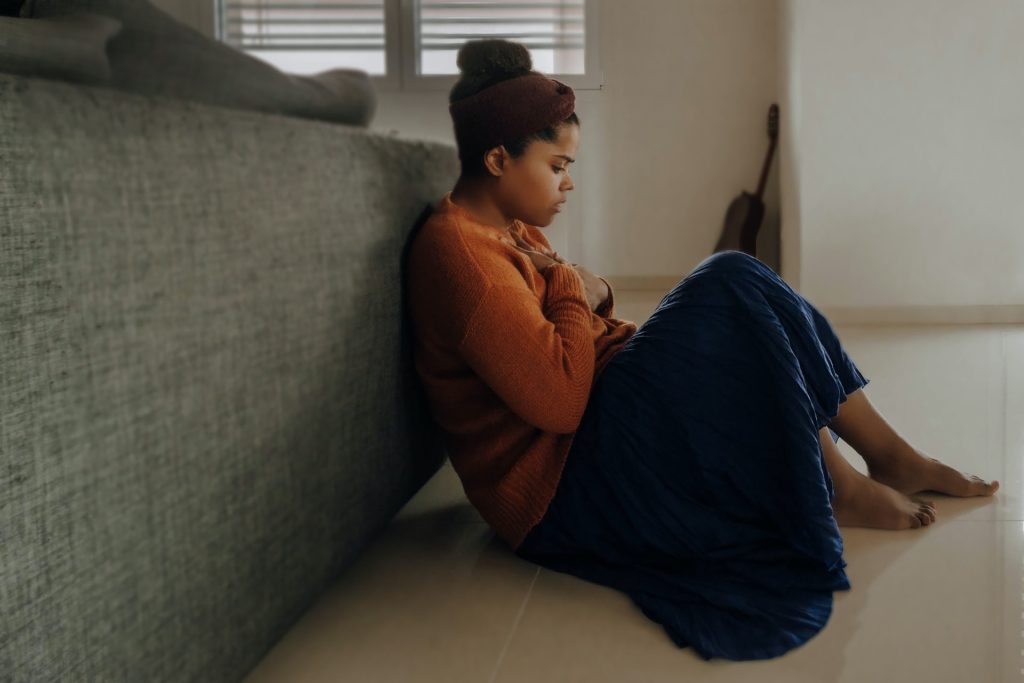
More than half of the 236 million people diagnosed with COVID around the world will experience ‘long COVID’ up to six months after recovering, according to Penn State College of Medicine researchers.
During their illnesses, many patients with COVID experience symptoms, such as tiredness, difficulty breathing, chest pain, sore joints and loss of taste or smell.
There have been few studies focussing on patients’ health after recovering from COVID. The researchers examined worldwide studies involving unvaccinated patients who recovered from COVID in order to understand the short and long term impacts of infection. The study found that both adults and children can experience several adverse health issues for six months or longer after recovering from COVID.
The researchers conducted a systematic review of 57 reports that included data from 250 351 unvaccinated adults and children who were diagnosed with COVID from December 2019 through March 2021. Among those studied, 79% were hospitalised, and most patients (79%) lived in high-income countries. Patients’ median age was 54, and 56% were male.
Patients’ health post-COVID was analysed during three intervals at one month (short-term), two to five months (intermediate-term) and six or more months (long-term).
Survivors were found to experience an array of residual health issues associated with COVID,.which generally affected a patient’s general well-being, their mobility or organ systems. Overall, half of survivors experienced long-term COVID manifestations, and these rates remained largely constant from one month through six or more months after their initial illness.
Several trends were observed among survivors, such as:
- General well-being: More than half of all patients reported weight loss, fatigue, fever or pain.
- Mobility: Roughly a fifth of survivors had a decrease in mobility.
- Neurologic concerns: Nearly one quarter of survivors had difficulty concentrating.
- Mental health disorders: Nearly a third of patients were diagnosed with generalised anxiety disorders.
- Lung abnormalities: Six in ten survivors had chest imaging abnormality and more than a quarter of patients had difficulty breathing.
- Cardiovascular issues: Chest pain and palpitations were among the commonly reported conditions.
- Skin conditions: Nearly a fifth of patients experienced hair loss or rashes.
- Digestive issues: Stomach pain, lack of appetite, diarrhoea and vomiting were among the commonly reported conditions.
“The burden of poor health in COVID survivors is overwhelming,” said co-lead investigator Dr Paddy Ssentongo, assistant professor at the Penn State Center for Neural Engineering. “Among these are the mental health disorders. One’s battle with COVID doesn’t end with recovery from the acute infection. Vaccination is our best ally to prevent getting sick from COVID and to reduce the chance of long-COVID even in the presence of a breakthrough infection.”
The mechanisms behind long COVID remain little understood. These symptoms could result from immune-system hyperactivation, lingering infection, reinfection or an increased production of tissue-attacking autoantibodies. SARS-CoV-2 can access, enter and live in the nervous system, resulting in commonly occurring nervous system symptoms such as taste or smell disorders, memory impairment and decreased attention and concentration commonly.
Dr Ssentongo noted that the study did not rule out other causes from the symptom besides COVID.
Early intervention will be crucial for improving the quality of life for many COVID survivors, and in the years ahead, health care providers will likely see an influx of patients with psychiatric and cognitive problems, such as depression, anxiety or post-traumatic stress disorder who were otherwise healthy before contracting COVID. Healthcare systems in low- and middle-income countries risked being overwhelmed with
“Since survivors may not have the energy or resources to go back and forth to their health care providers, one-stop clinics will be critical to effectively and efficiently manage patients with long COVID,” Dr Ssentongo said. “Such clinics could reduce medical costs and optimise access to care, especially in populations with historically larger health care disparities.”
Source: Penn State

